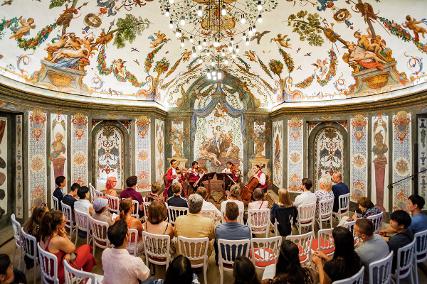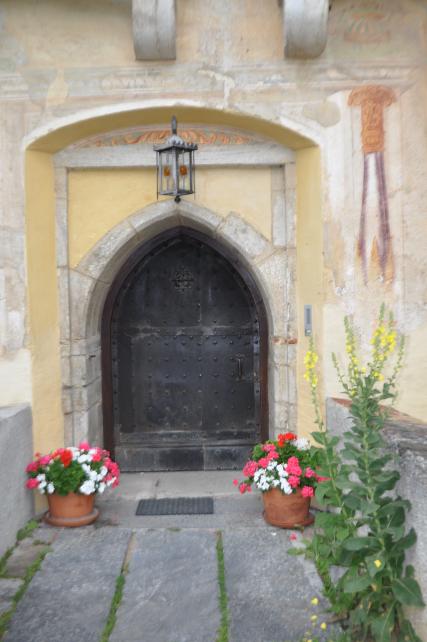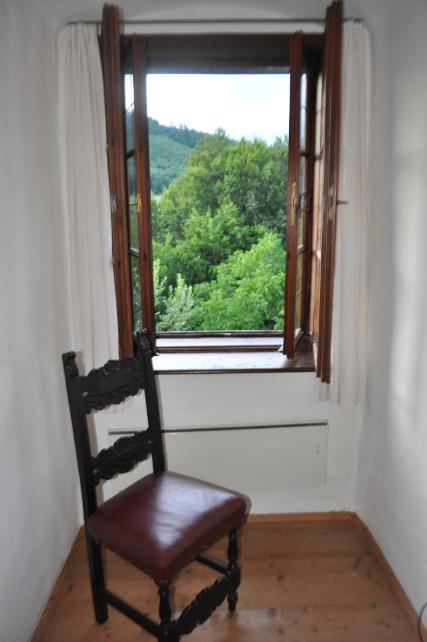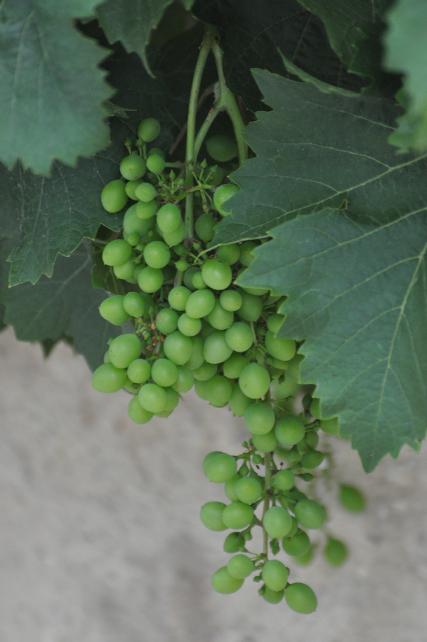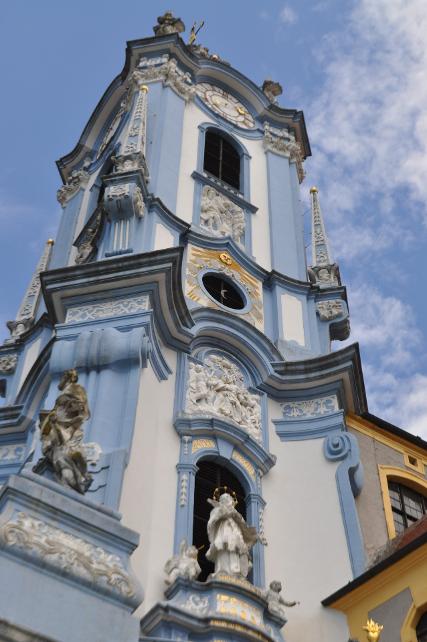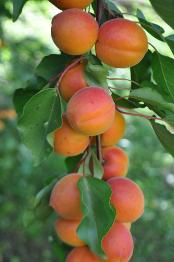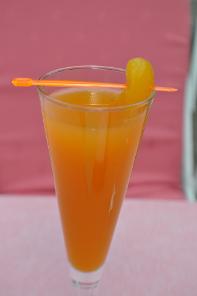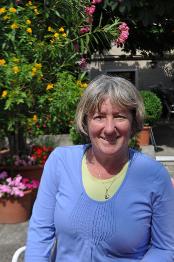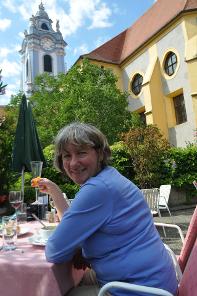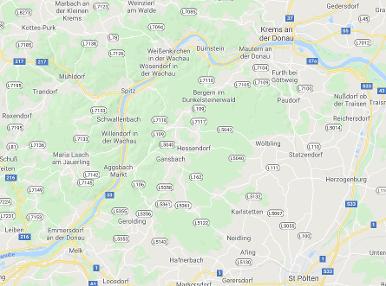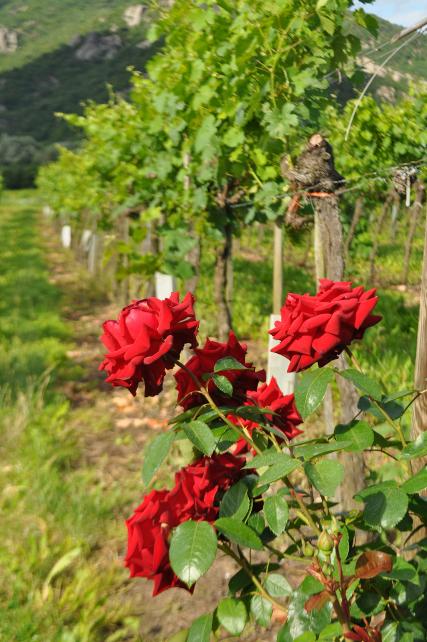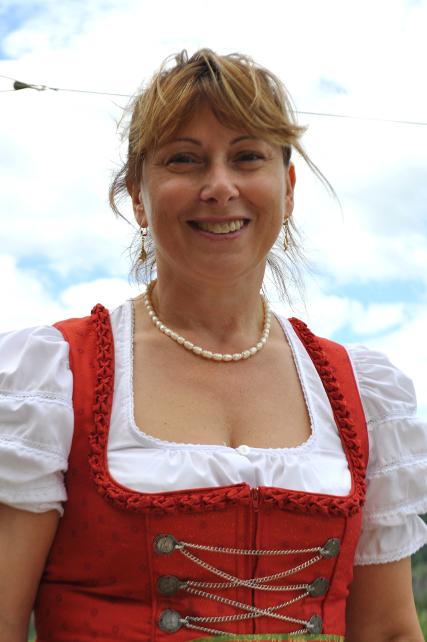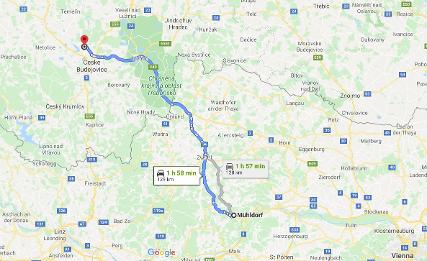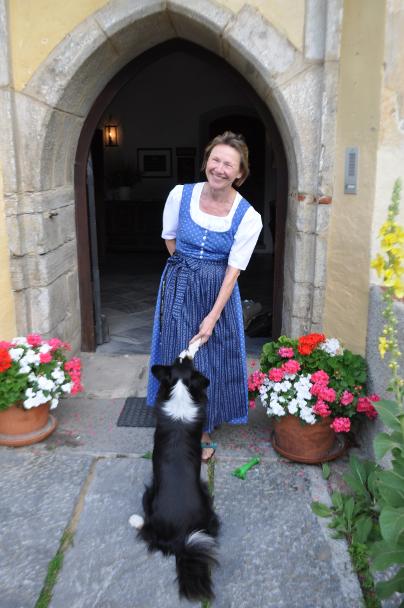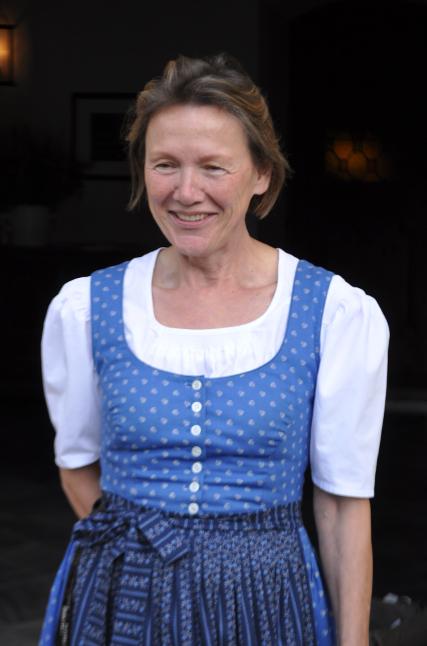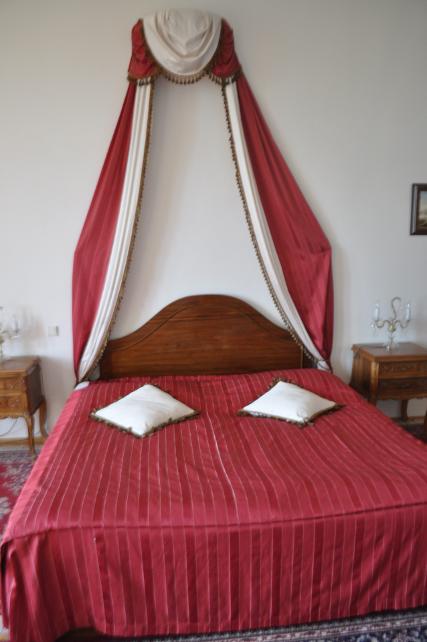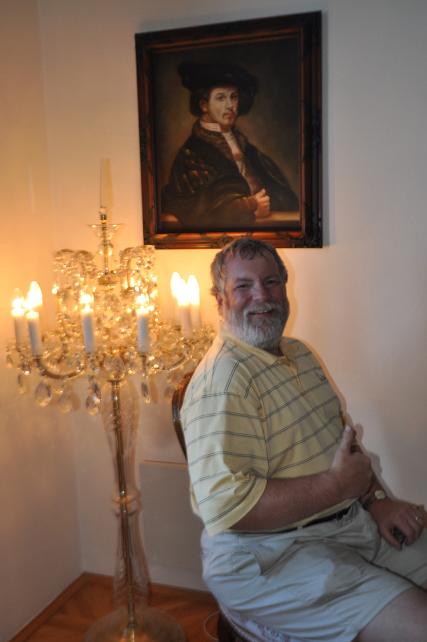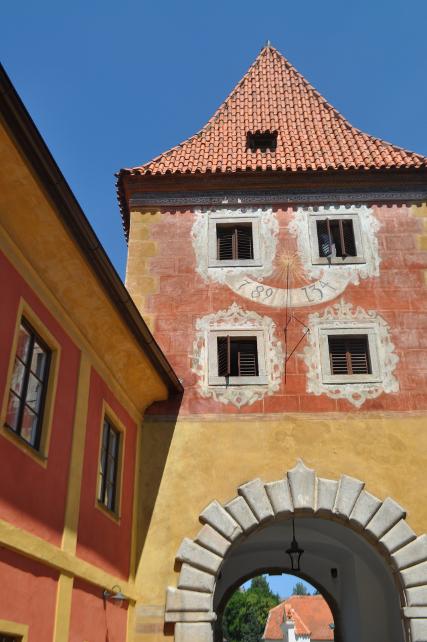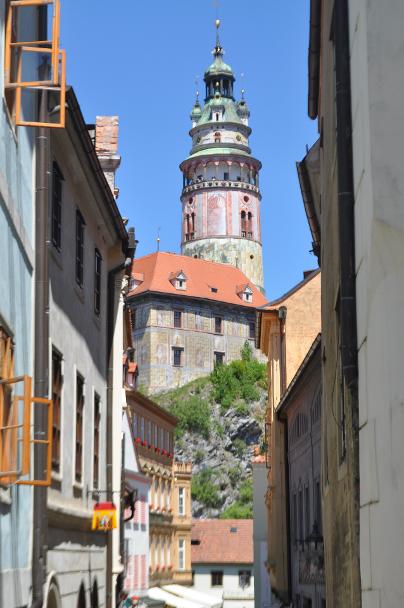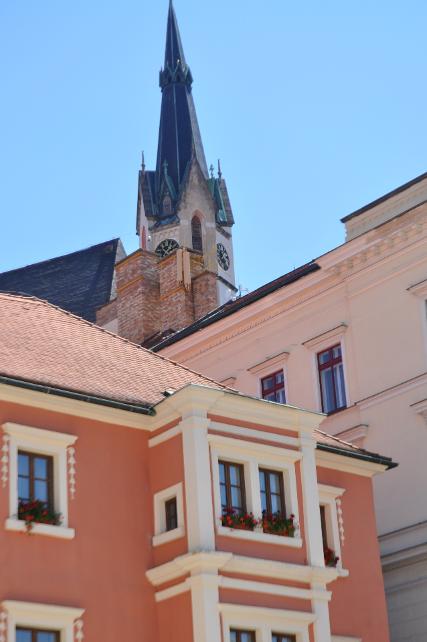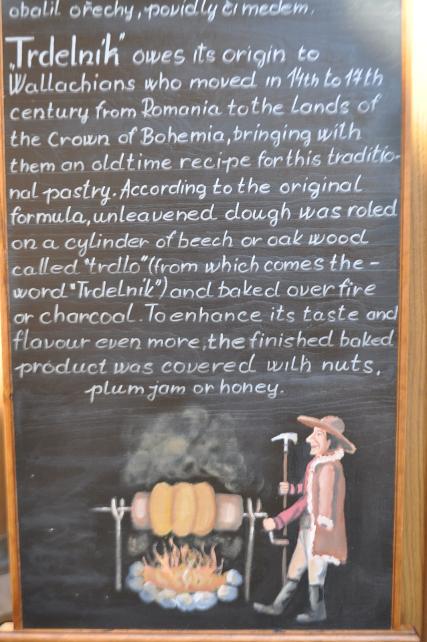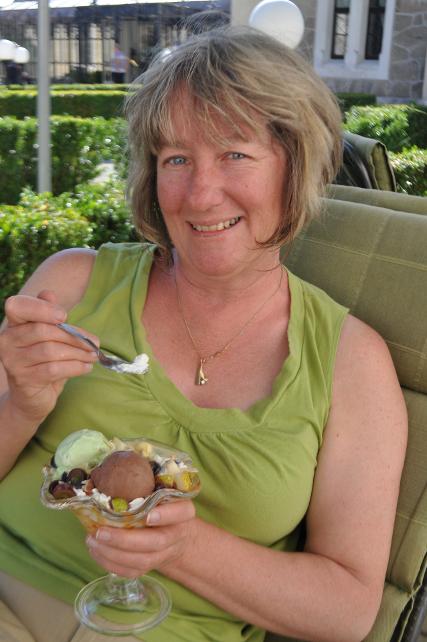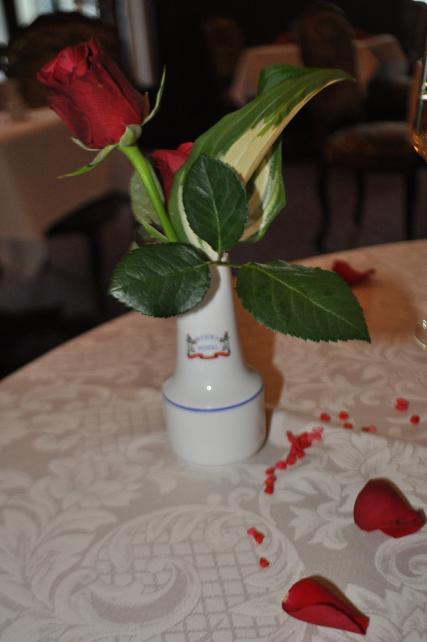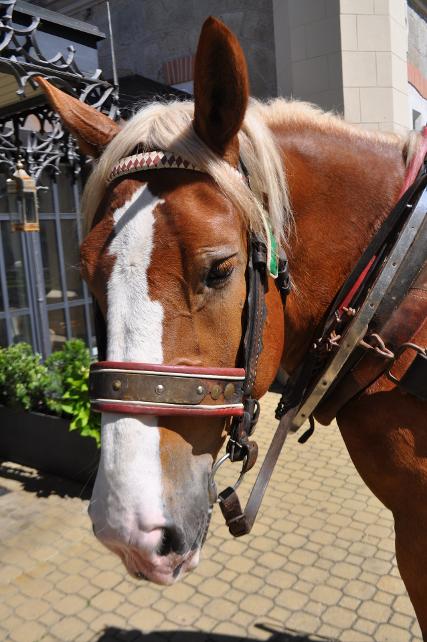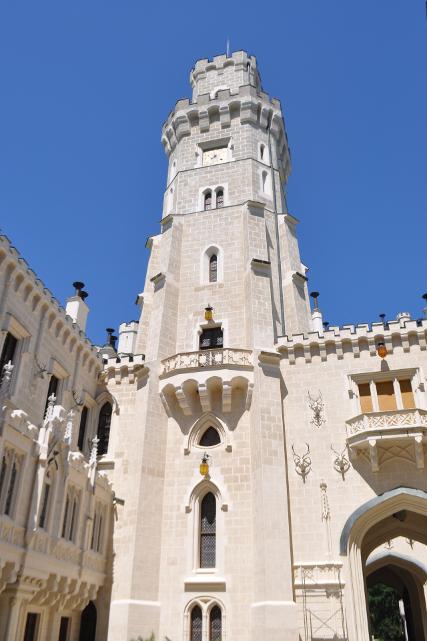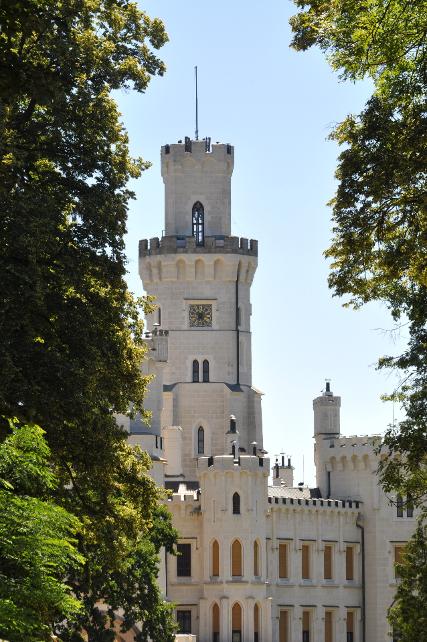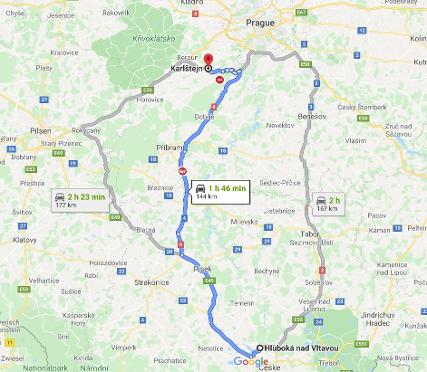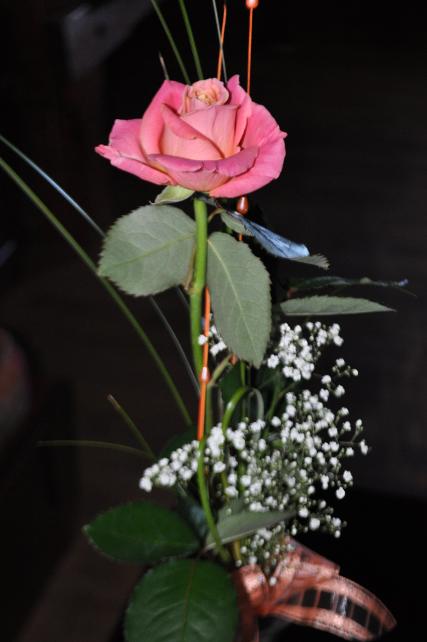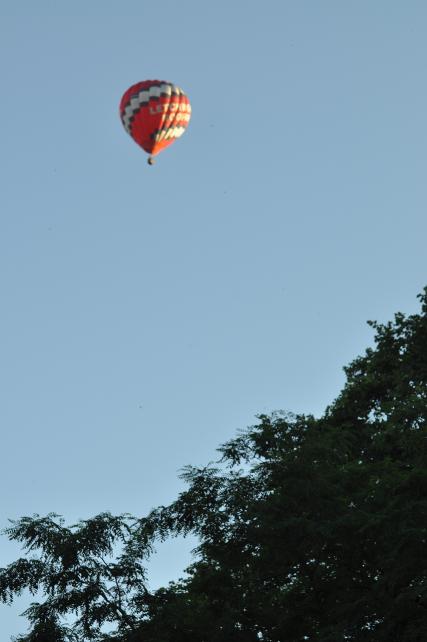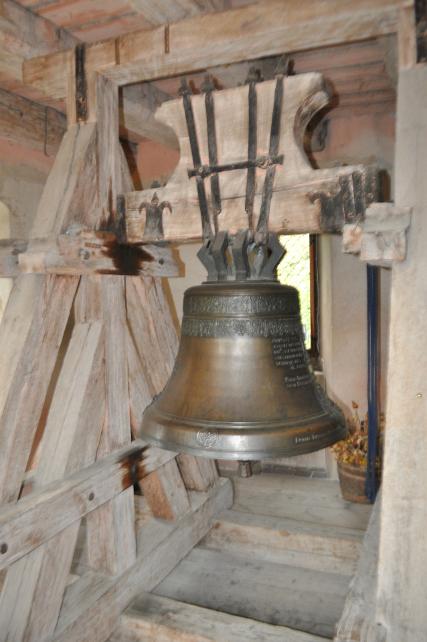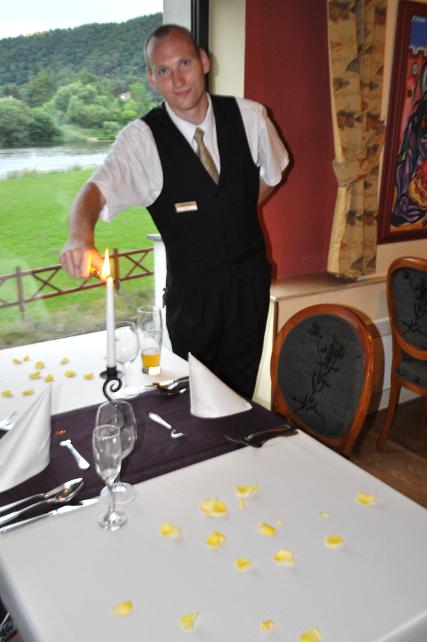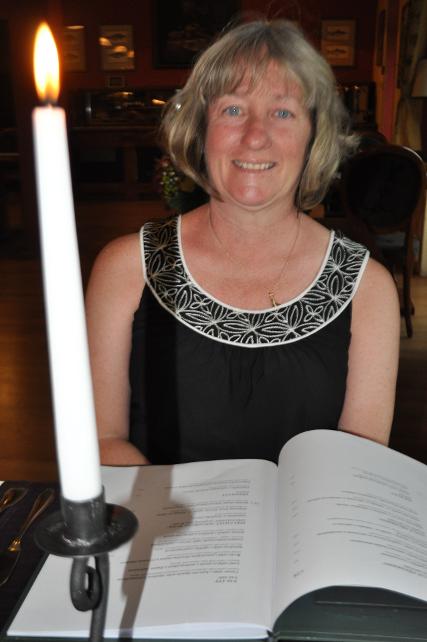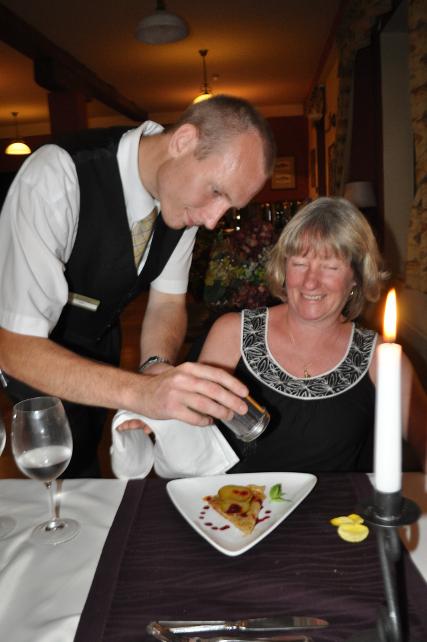Memories of Czech Republic and Austria:
We enjoyed a number of great lodgings, meals and experiences throughout the Czech Republic and Austria. Here are some of the highlights:
- the ornate architecture throughout the city of Prague
- our room in Pactuv Palac overlooking the Charles Bridge and beyond to the Prague Castle
- our meal at Restaurant Kachniky
- Prague's castle
- the music - at Prague castle; the flamenco guitarist; the Vienna Boys Choir; the ensemble in Vienna
- Burg Oberranna
- our beer bath
- the CIOFF Folklorica Festival in Frydek-Mistek
- the scenic town of Telc
- Jan, our waiter serving us our 'most romantic dinner ever'
- our romance package at Myln Romantique Hotel in Karlstejn
- Stekl castle and our carriage ride
- Karlstejn Castle and Hlbolka Castle
- Cesky Krumlov
- my mother's doppleganger in Luhacovice
- searching form my great-grandmother's gravestone (regrettably I can't find the photo)
- many tasty Czech meals
- fireworks, every night in Prague and over Hluboka Castle
- enjoying some wine and food at a Heuriger on the Danube
- the obvious history of communism / Soviet occupation / apartments in much of the Czech Republic
- the prominence of flowers throughout Austria contrasting the more stark images within the Czech Republic
- the town of Durnstein and our meal at Sanger Blondel
- the villages along the Danube
- the city of Vienna, with its stunning buildings, parks and cafes
- a Uhersky Brod doll for sister Jean
- a Duo Guitars CD
- traditional Czech pottery
- a Czech chicken
- a couple of beer mugs
- a straw Heuriger ring for Mary and Cathy for looking after Toledo
- a platter and serving spoon
- an Austrian Wachau doll
- a dragon for Toledo
- a paella pan
- a Czech CD for uncle Frankie
- a Czech t-shirt and hockey cap,
- earings, and a
- crystal bowl
- a platter in Karlstejn
- a couple of pieces of pottery near Uhersky Hradiste
- a crystal bowl
- an artistic chicken
- a beer mug from Ceske Budovice, and
- an Austrian Wachau doll from Durnstein
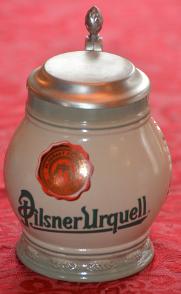
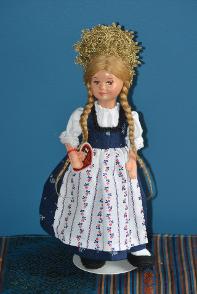
Expenses
(based on average exchange rates of 1 euro = $1.45 Cdn; 1 Czech karuna = $0.06 Cdn):
Here are the costs of our trip:
$ 1,760 airfare
$ 3,191 lodging ($188 Cdn $ per night)
$ 1,310 food ($77 per day - dinner etc. including wine as breakfasts are included in lodging)
$ 763 vehicle ($55 per day for the vehicle plus fuel of $129)
$ 761 entrances and concerts
$ 223 miscellaneous
$ 8,008 for 17 days
The average cost per day excluding airfare and souvenirs (lodging, food, entrances, vehicle and miscellaneous) was $368.
Lodging ranged from a low of $105 Cdn$ to a high of $233 Cdn, including breakfast. Here is a list of where we stayed, the amount we paid and a link to their website.
$ 220 Pactuv Palac Prague www.smetanahotel.com
$ 105 Hotel Celerin Telc www.hotel-celerin.cz
$ 137 Hotel Arigone Olomouc www.arigone.cz
$ 175 Zamek Zabreh Ostrava www.zamek-zabreh.cz
$ 124 Hotel Konicek Uhersky Hradiste www.hkonicek.cz
$ 233 Hotel Austria Vienna, Austria www.hotelaustria-wien.at
$ 222 Burg Oberranna Muldorf, Austria www.burg-oberranna.at/en/
$ 234 Stekl Hotel-Castle Hlubolka nad Vitavou www.hotelstekl.cz
$ 141 Romantic Hotel Myln Karlstejn Karlstejn www.hotelmylnkarlstejn.cz
As is our practice we communicate and book directly with each place, and in doing so save the establishment the booking commission and are known to the staff when we arrive. We expect this may have contributed to our upgrade (and what a wonderful upgrade it was) at Pactuv Palace
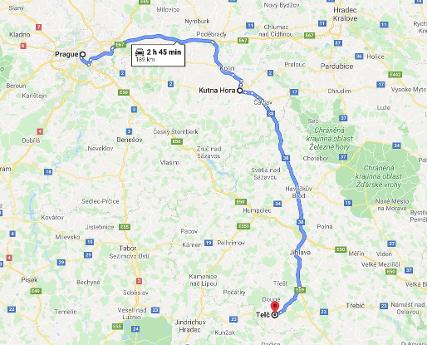
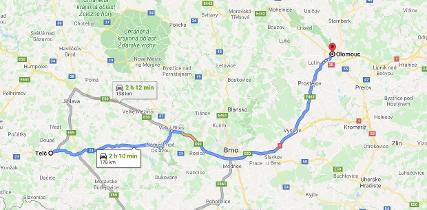
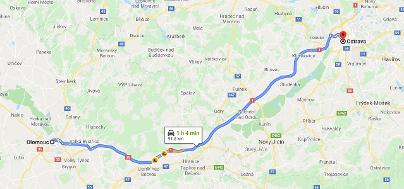
SPANDAN fro Ahmadabad, India.
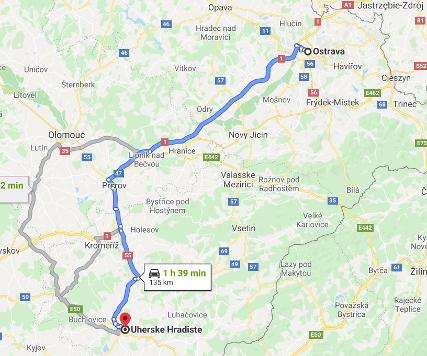
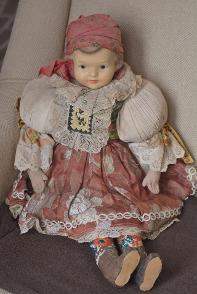
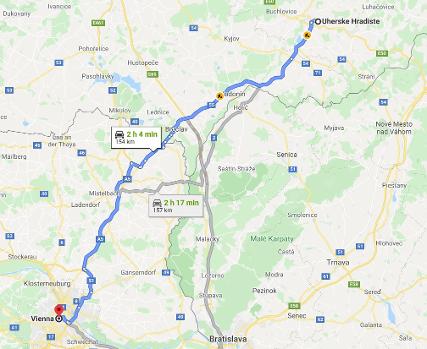
After the tour we simply wandered through central Vienna, enjoying the parks and beautiful buildings, the most iconic of all being the Gothic St. Stephan's Cathedral. Wealthy aristocratic families like the Liechtensteins first brought the ornate Baroque style of architecture (1600 - 1830) to Vienna. By the mid-1800s the former city walls and military enforcements that protected the city centre were demolished. In their place Emperor Franz Joseph I launched a massive urban renewal, creating what has been called the most beautiful boulevard in the world, the Ringstrasse - three miles of monumental, historically-inspired neo-Gothic and neo-Baroque buildings.
Of course, coming upon one of the many Viennese cafes we could not help ourselves, stopping for coffee and and couple of tortes - the famous Viennese Sacher Torte and a Mozart Torte.
Vienna is a city of music. We booked tickets for the Vienna Boys Choir tomorrow and a performance of the Mozart Ensemble at the Mozarthaus this evening. The Ensemble, comprised of four musicians plays in the tradition of the Viennese classical period. Their repertoire includes works of Haydn, Schubert and Mozart. The concert was held in the Sala Terrena of the Mozarthaus, the oldest concert hall in Vienna where Mozart used to work and play in 1781. In fact Mozart, at the age of 25, lived in the house for a number of weeks, from March 16 to May 2, 1781.
